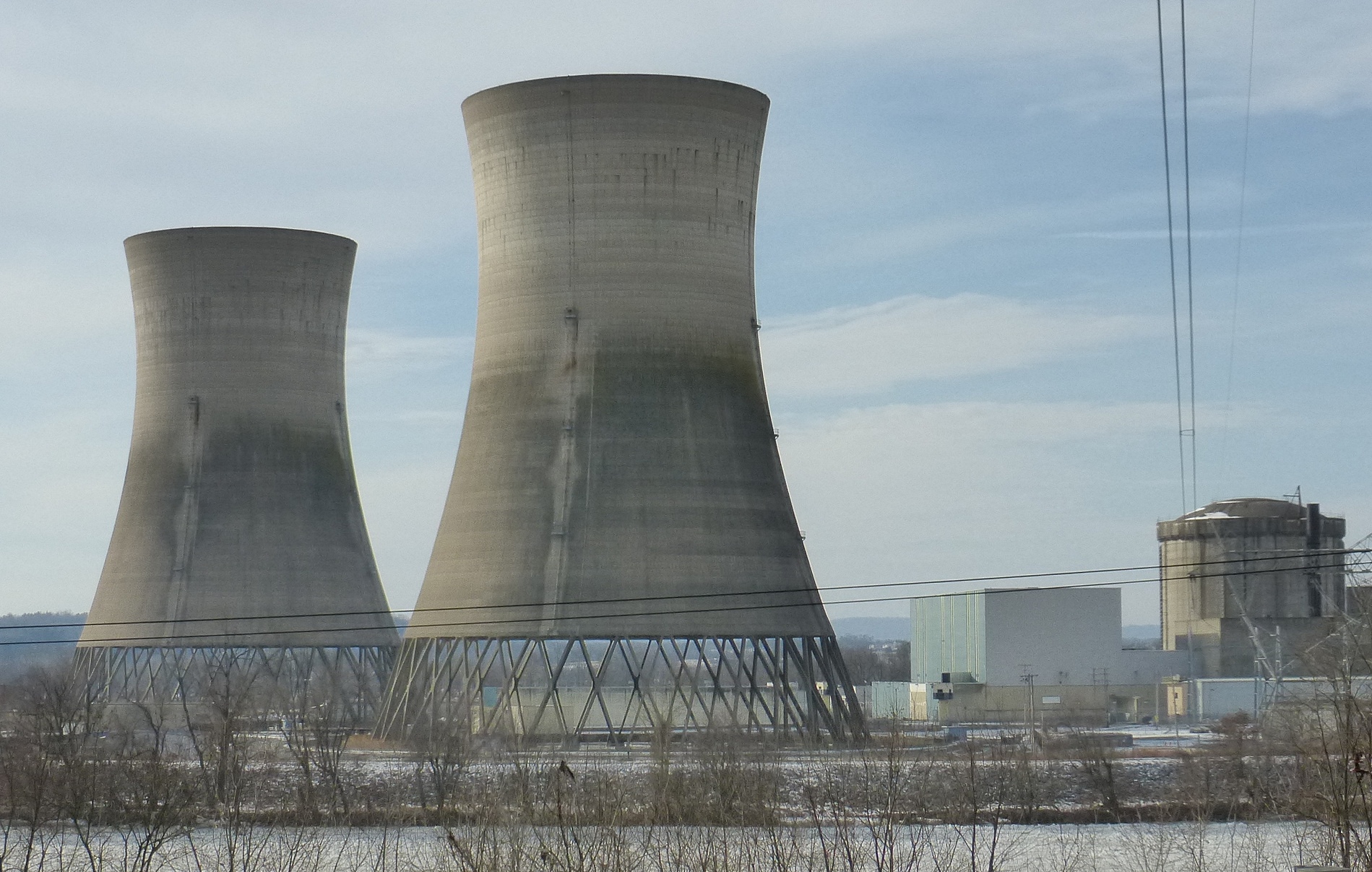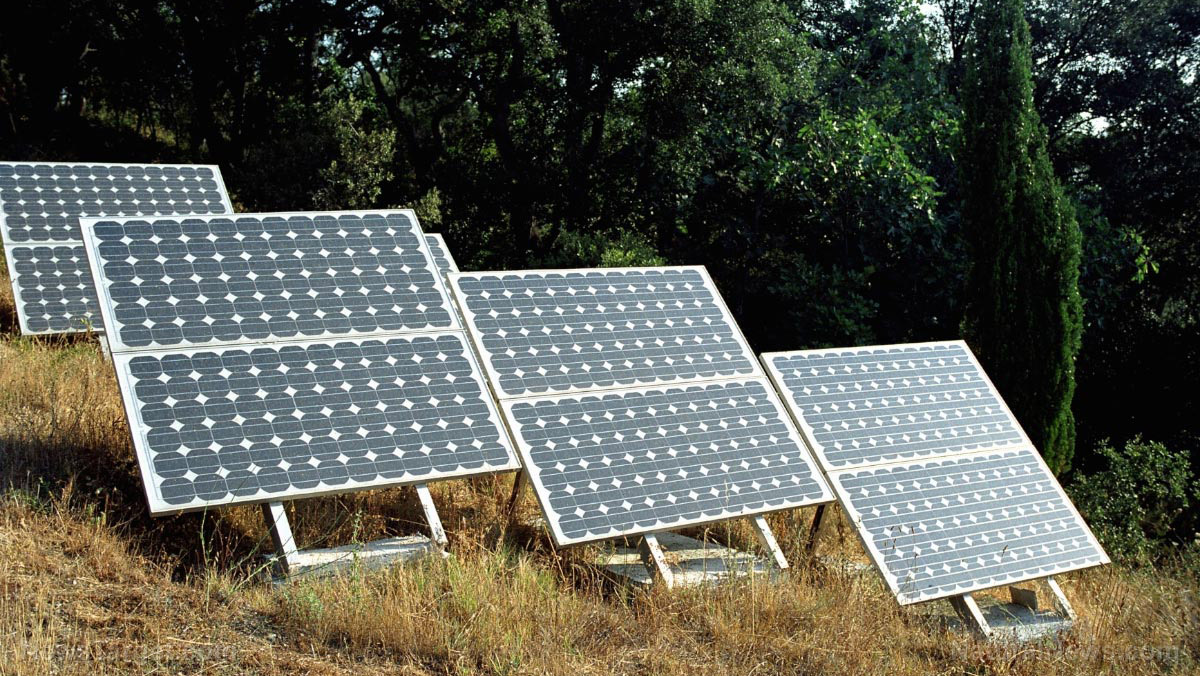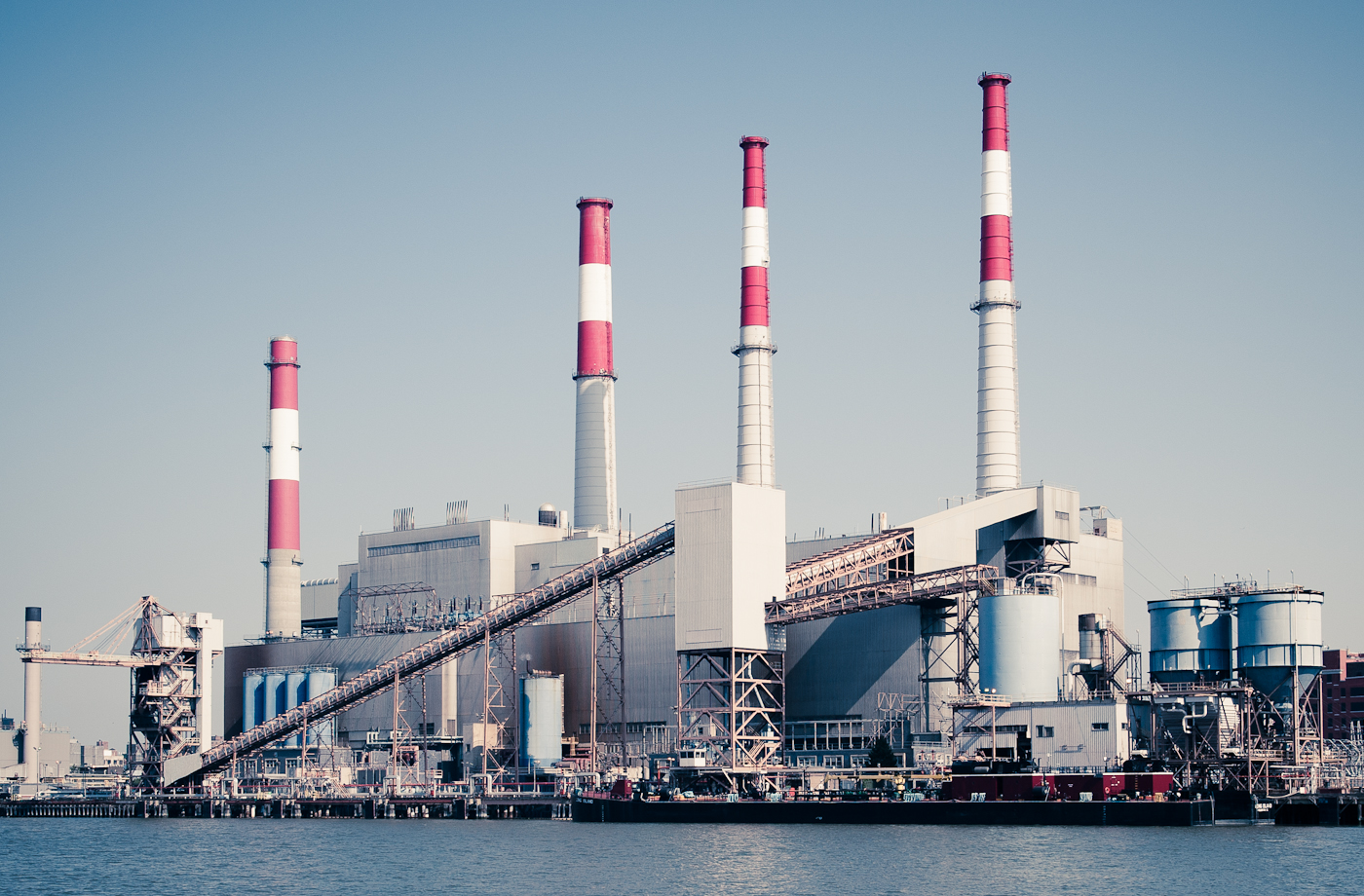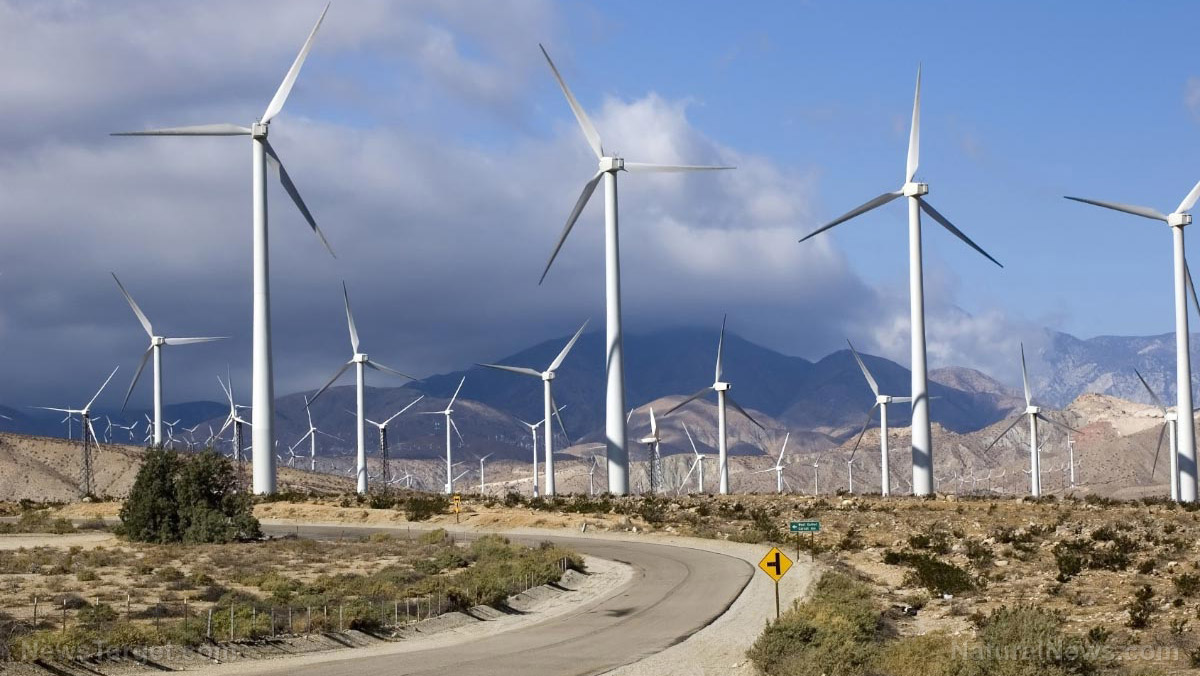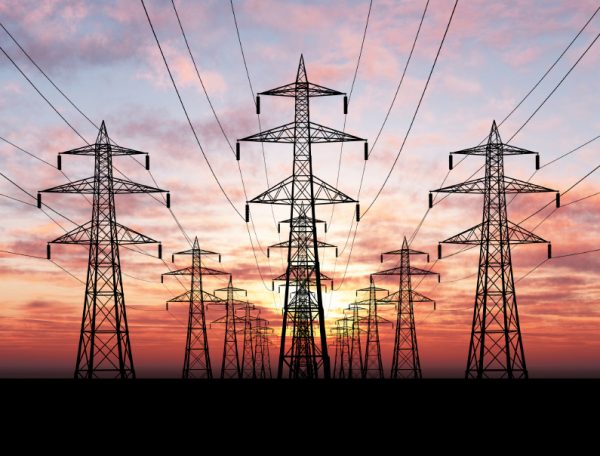Space weather radar system to be operational by 2021 hopes to provide advanced warning of power grid-killing CME solar flare
09/01/2017 / By Vicki Batts

Is a “doomsday” solar flare in the Earth’s near future? Scientists certainly seem to think so; that’s why they are working on building the world’s most advanced radar system to try to detect hazardous flares on the horizon — before they get to earth and wipe out power grids and cause all forms of chaos. Daily Mail reports that this new radar system will be up to ten times faster and ten times more accurate than current radar weather systems.
Mounted in the Arctic and built under an international partnership, the radar system will be used to monitor the upper atmosphere and “near-Earth space.” The radar system has been nick-named “EISCAT_3D.” The project just received a $7.7 billion (£6 million) investment from the UK’s Natural Environmental Research Council (NERC). In late August 2017, NERC announced their pledge to invest between £4 million to £6 million. In total, the EISCAT_3D radar system is expected to cost £63 million ($81.4 million). There will be three separate locations for the facility in Northern Scandinavia; one in Skibotn, Norway, one near Kiruna in Sweden and one near Kaaresuvanto in Finland.
One of the most highly anticipated features of the radar system will be its ability to measure the 3D volume of the upper atmosphere in exquisite and unprecedented detail. NERC explains, “This is necessary to understand how energetic particles and electrical currents from space affect both the upper and the lower atmosphere. Scientists will be able to take measurements across scales from hundreds of metres to hundreds of kilometres, providing exceptional detail and vast quantities of data, and opening the scope of research that can be carried out.”
While there are already several similar EISCAT systems spread throughout the northern hemisphere, the 3D version brings something new to the table. Current EISCAT models only use one beam and conduct measurements from a single direction; EISCAT_3D is capable of taking measurements from a wide range of directions, providing a more “complete” view of the atmosphere and near-Earth space. [Related: Learn more about what’s going on outside Earth’s atmosphere at Space.news]
Dr. Andrew Kavanagh, UK EISCAT Science Support, based at the British Antarctic Survey, said, “It will be like having hundreds of dishes all operating together, looking in different directions.”
Kavanagh explains that this will enable scientists to see changes in the ionosphere more readily. He added that it will also make identifying changes and what causes them more easily identifiable.
The EISCAT_3D system is expected to be fully operational by 2021. Site preparations began during the summer of 2017 and the actual development is expected to start sometime in September.
While this is all well and good, some might be skeptical of the actual merits of such a system. The EISCAT_3D radar may be able to predict when a dangerous solar flare is about to occur, but it will not be able to prevent the destruction it causes. Back in 2011, Mike Adams, the Health Ranger and director of CWC Labs, explained that solar flares were a much bigger threat than most people realize.
Adams wrote that “solar flares have the potential to blow out the transformers throughout the national power grid. That’s because solar flares induce geomagnetic currents (powerful electromagnetic impulses) which overload the transformers and cause them to explode.”
In a more recent article, Adams discussed some key websites concerned people can visit to learn more about preparedness for such “doomsday events,” and he also noted that NASA estimates that there a 12 percent chance of solar flares taking out the power grid every ten years.
Sources for this article include:
Tagged Under: CME event, CME solar flare, Collapse, power grid, radar, solar flare, Space, space radar system


